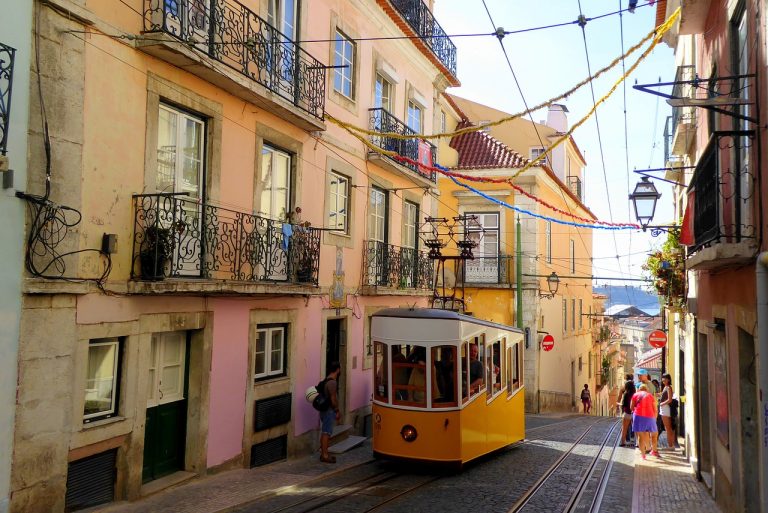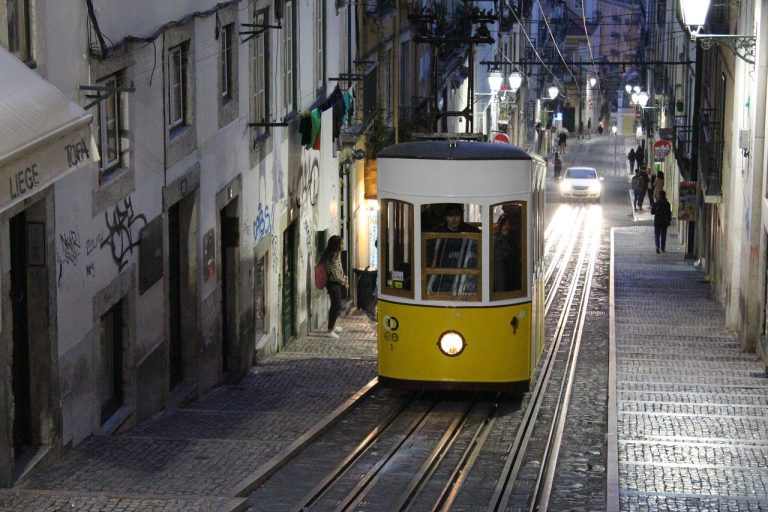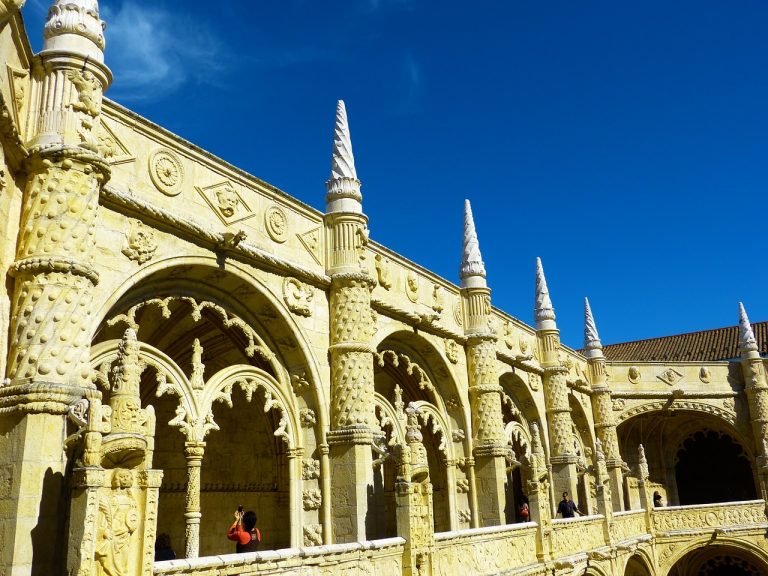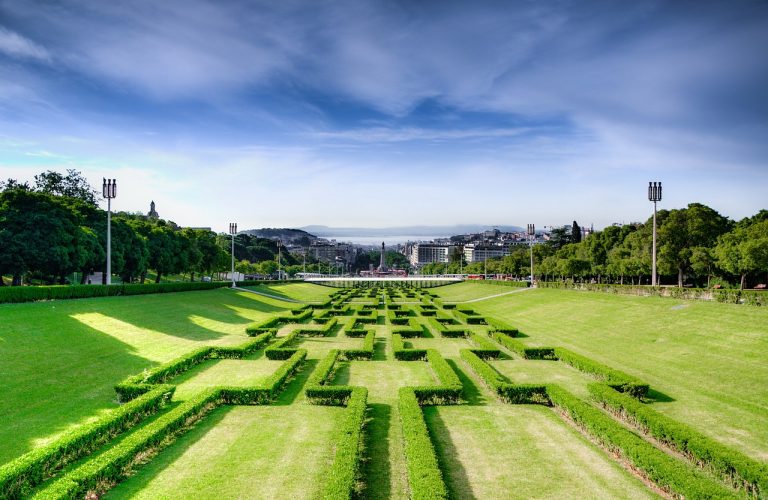Lisbon Portugal Video
Architectural Wonders: Iconic Buildings in Lisbon, Portugal
Lisbon, the capital city of Portugal, is renowned for its rich history, vibrant culture, and stunning architecture. From ancient landmarks to modern masterpieces, the city is home to a diverse range of iconic buildings that showcase its architectural beauty. In this article, we will explore ten of Lisbon’s most notable architectural wonders.
Belém Tower
The Belém Tower, located on the banks of the Tagus River, is a UNESCO World Heritage Site and one of Lisbon’s most recognizable landmarks. Built in the 16th century, this fortified tower served as a defensive structure and a ceremonial gateway to the city. Its unique Manueline style, characterized by intricate stone carvings and maritime motifs, is a testament to Portugal’s maritime heritage.
- Striking Architecture: The Belém Tower features a blend of Gothic, Moorish, and Renaissance architectural elements, making it a true marvel to behold.
- Historical Significance: The tower played a crucial role during the Age of Discoveries, serving as a starting point for many Portuguese explorers.
- Panoramic Views: Visitors can climb to the top of the tower and enjoy breathtaking views of the river and the surrounding area.
Jeronimos Monastery
The Jeronimos Monastery, also located in the Belém neighborhood, is another UNESCO World Heritage Site and a masterpiece of Manueline architecture. Constructed in the 16th century, the monastery is a symbol of Portugal’s wealth and power during the Age of Discoveries.
- Exquisite Detailing: The monastery’s façade is adorned with intricate stone carvings depicting maritime motifs, biblical scenes, and symbols of Portugal’s royal lineage.
- Church of Santa Maria: Within the monastery complex, visitors can explore the stunning Church of Santa Maria, known for its grandeur and beautiful stained glass windows.
- Tomb of Vasco da Gama: The monastery is the final resting place of Vasco da Gama, the renowned Portuguese explorer who discovered the sea route to India.
Lisbon Portugal Image 1: 
Rossio Station
Rossio Station, officially known as Estação Ferroviária do Rossio, is a striking example of late 19th-century architecture. Designed by Portuguese architect José Luís Monteiro, the station is located in the heart of Lisbon and serves as a major transportation hub.
- Neo-Manueline Design: Rossio Station features a unique blend of Neo-Manueline and Romantic architectural styles, characterized by its decorative façade and horseshoe-shaped doorways.
- Interior Elegance: The station’s interior showcases beautiful tilework, ornate ceilings, and intricate ironwork, creating a captivating atmosphere for commuters and visitors alike.
- Central Location: Rossio Station is conveniently situated near many of Lisbon’s popular attractions, making it a convenient starting point for exploring the city.
Commerce Square
Commerce Square, or Praça do Comércio, is one of Lisbon’s most iconic squares and a symbol of the city’s history and resilience. Located on the waterfront, the square is surrounded by grand buildings and offers stunning views of the Tagus River.
- Architectural Grandeur: The square is lined with elegant buildings featuring neoclassical architecture, including the grand Arco da Rua Augusta, which serves as the main entrance to the square.
- Equestrian Statue of King José I: At the center of Commerce Square stands a majestic statue of King José I on horseback, paying homage to the monarch who played a significant role in rebuilding Lisbon after the devastating earthquake of 1755.
- Waterfront Promenade: Visitors can stroll along the square’s waterfront promenade, enjoying the refreshing breeze and admiring the picturesque views.
Lisbon Portugal Image 2: 
Calouste Gulbenkian Museum
The Calouste Gulbenkian Museum, named after its founder, is one of Lisbon’s premier art museums. Designed by architects Ruy Jervis d’Athouguia, Pedro Cid, and Alberto Pessoa, the museum houses an extensive collection of art from various periods and civilizations.
- Architectural Harmony: The museum’s architecture harmoniously combines modernist and classical elements, creating a serene and elegant space for art appreciation.
- Varied Collections: The museum boasts an impressive collection of artworks, including Egyptian, Greco-Roman, Islamic, and European pieces spanning from ancient times to the 20th century.
- Gardens and Surroundings: The museum is surrounded by lush gardens, providing a tranquil setting for visitors to relax and appreciate the beauty of nature.
Amália Rodrigues Garden
The Amália Rodrigues Garden, dedicated to the renowned Fado singer Amália Rodrigues, is a charming park located in Lisbon’s historic district. Designed by landscape architect António Viana Barreto, the garden offers a peaceful retreat from the bustling city.
- Scenic Beauty: The garden features meticulously landscaped green spaces, vibrant flower beds, and calming water features, creating a picturesque environment.
- Monument to Amália Rodrigues: At the heart of the garden stands a monument honoring Amália Rodrigues, a beloved figure in Portuguese culture and the queen of Fado music.
- Relaxation and Recreation: Visitors can enjoy leisurely walks, have a picnic, or simply unwind amidst the serenity of the garden.
São Jorge Castle
São Jorge Castle, perched atop one of Lisbon’s seven hills, offers panoramic views of the city and the Tagus River. This medieval fortress has witnessed centuries of history and is a testament to Lisbon’s resilience.
- Historical Significance: São Jorge Castle played a crucial role in defending Lisbon from various invasions throughout its history.
- Architectural Splendor: The castle’s architecture combines Moorish and Romanesque influences, with its imposing walls, towers, and battlements creating a formidable sight.
- Panoramic Views: Visitors can climb to the castle’s ramparts and enjoy breathtaking panoramic views of Lisbon, including landmarks such as the Tagus River and the Ponte 25 de Abril bridge.
Lisbon Portugal Image 3: 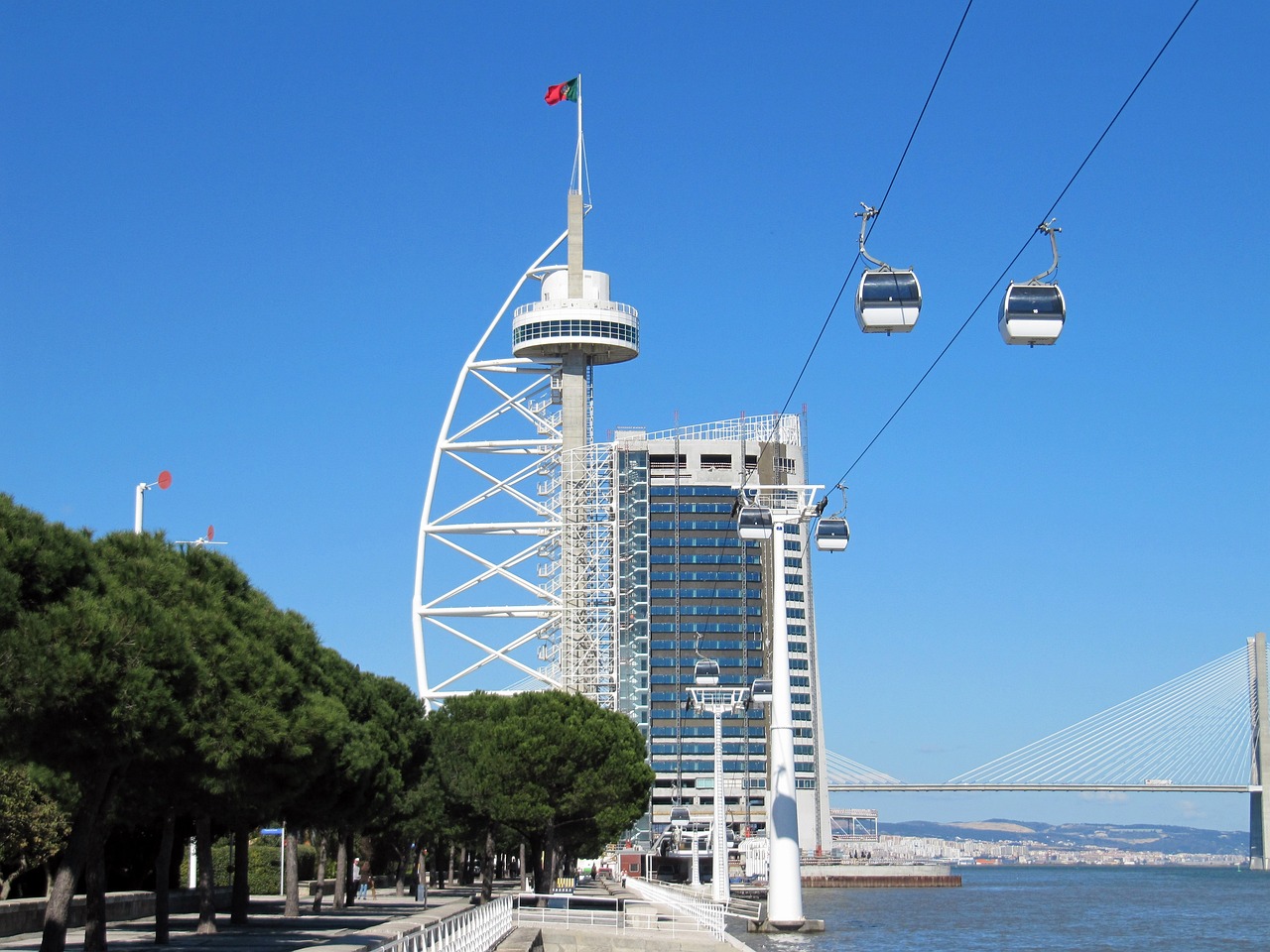
Edward VII Park
Edward VII Park, located in the heart of Lisbon, is an expansive green space that offers a tranquil escape from the bustling city. Designed by French landscape architect Keil do Amaral, the park is named after the British monarch Edward VII.
- Lush Gardens: The park features beautifully manicured gardens, vibrant flower beds, and peaceful walking paths, providing a serene environment for relaxation.
- Monument to the Marquis of Pombal: At the top of the park, visitors can admire a monument dedicated to the Marquis of Pombal, a prominent figure in Lisbon’s history.
- City Views: From certain vantage points within the park, visitors can enjoy panoramic views of Lisbon, including the Avenida da Liberdade and the Tagus River.
Vasco da Gama Bridge
The Vasco da Gama Bridge, named after the famous Portuguese explorer, is one of the longest bridges in Europe and a modern engineering marvel. Stretching across the Tagus River, the bridge connects the northern and southern parts of Lisbon.
- Structural Design: The bridge’s sleek and elegant design, resembling the sail of a ship, is a testament to modern engineering and architecture.
- Length and Height: With a total length of over 17 kilometers, the Vasco da Gama Bridge stands as an impressive feat of engineering, providing a vital transportation link for the city.
- Nighttime Illumination: The bridge is illuminated at night, creating a mesmerizing display of lights that adds to Lisbon’s skyline.
Conclusion
Lisbon, Portugal’s capital city, is a treasure trove of architectural wonders. From historical landmarks like the Belém Tower and Jeronimos Monastery to modern marvels like Rossio Station and the Vasco da Gama Bridge, the city’s buildings showcase its rich history, culture, and ingenuity. Exploring these iconic structures allows visitors to delve into Lisbon’s past while appreciating its present architectural brilliance.
References
– UNESCO World Heritage Centre: [whc.unesco.org](https://whc.unesco.org)
– Calouste Gulbenkian Museum: [gulbenkian.pt](https://gulbenkian.pt)
– Lisbon Tourism: [visitlisboa.com](https://www.visitlisboa.com)
– Lisbon Architecture Guide: [lisbonarchitectureguide.com](https://www.lisbonarchitectureguide.com)


